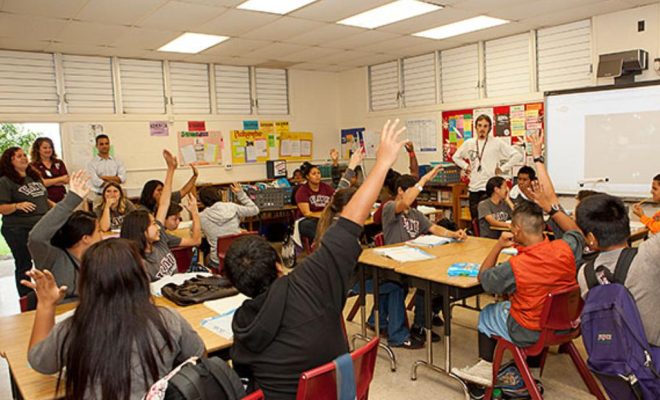Activities to Teach Students to Identify Questions That Can Be Investigated With a Set of Materials

As teachers, it is often challenging to get children engaged in the process of scientific inquiry. One of the most critical elements of scientific inquiry is the ability to ask and investigate questions. Activities that teach students to identify questions that can be investigated with a set of materials are vital to the development of scientific inquiry skills. Here are some activities that we can use to help students learn to identify investigable questions.
1. The Scavenger Hunt Activity:
In this activity, the teacher can select different materials found in the classroom and create a scavenger hunt. Students are then paired, and each group is given a list of items to find. Once the groups have collected their materials, the teacher can guide a discussion that focuses on identifying investigable questions that relate to the collected materials. For example, if the students collect different types of leaves, they can investigate the question, “What is the relationship between the shape of a leaf and the environment in which it grows?”
2. The Mystery Bag Activity:
In this activity, the teacher can create a bag with different materials, and students can draw an object out of the bag. Once each student has an object, they must brainstorm questions they can ask about the object that could be investigated in a scientific study. For example, if a student draws a spoon, they might have questions like, “What metals are spoons made of, and how do they react to heat?” This activity can be a fun way to get students interested in scientific inquiry.
3. The Scientific Investigation Activity:
In this activity, the teacher can provide a set of materials and ask students to design a scientific investigation or experiment. The students can work in groups or individually and create their own questions that they would like to investigate. For example, the teacher can provide a set of different liquids, and the students can investigate the question, “What happens to the density of a liquid when it is heated?”
4. The Observation Activity:
In this activity, the teacher can provide a set of materials and ask students to make observations about the materials. Once the students have made their observations, they can develop questions they would like to investigate further. For example, the teacher can provide different seeds, and the students can observe the color, size, and texture of the seeds. After their observations, they can create a question such as, “What conditions do seeds need to germinate?”
In conclusion, teaching students to identify questions that can be investigated with a set of materials is essential for developing scientific inquiry skills. By using activities that are engaging and fun, we can help children become curious about the world around them and develop a love for science. When students feel that they can ask and investigate questions, they will be more confident in their ability to learn and discover new things.






